Kudos to Ingrid Daubar-Spitale (Service), Juan Lora (Teaching), and Tom Schad (Scholarship) for receipt of the 2011 College of Science Graduate Student Awards.
Ingrid, Juan, and Tom were awarded for their accomplishments in the following areas:
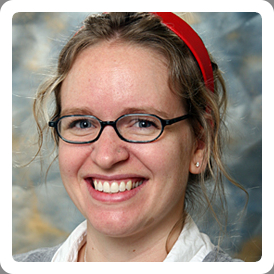
Service (Ingrid Daubar-Spitale): attention to broader impacts and involvement in activities outside of academic responsibilities that benefit the department, university and the larger community. For example, representing graduate student interests on councils or committees, organizing graduate student events, helping with departmental recruitment, K-12 outreach, etc.
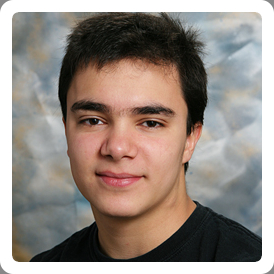
Teaching (Juan Lora): teaching or mentoring that goes above and beyond what is required; positive evaluations or other feedback from students, willingness to help junior graduate students, etc.
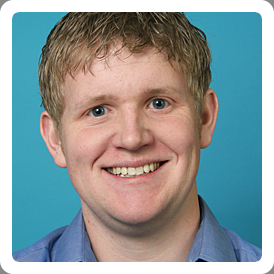
The students each received a cash award and recognition at the College of Science Awards Ceremony held on April 15, 2011.


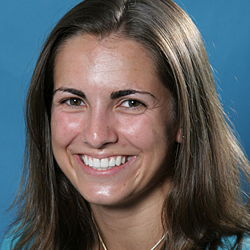 Sarah M. Hörst, doctoral student in the Department of Planetary Sciences, is the recipient of the 2011 Kuiper Memorial Award. The award is presented annually to University of Arizona students in the field of planetary sciences who have excelled in academic work and research. The award is presented in memory of Gerard P. Kuiper, the founder of the Lunar and Planetary Laboratory and Department of Planetary Sciences.
Sarah M. Hörst, doctoral student in the Department of Planetary Sciences, is the recipient of the 2011 Kuiper Memorial Award. The award is presented annually to University of Arizona students in the field of planetary sciences who have excelled in academic work and research. The award is presented in memory of Gerard P. Kuiper, the founder of the Lunar and Planetary Laboratory and Department of Planetary Sciences.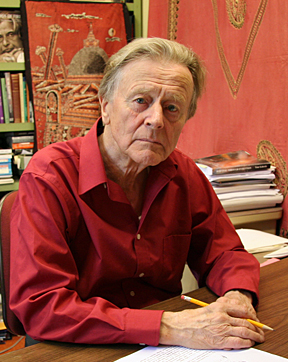 Professor Tom Gehrels was recognized for his 50 years of service at the annual University of Arizona Service Awards luncheon, held on April 13, 2011.
Professor Tom Gehrels was recognized for his 50 years of service at the annual University of Arizona Service Awards luncheon, held on April 13, 2011.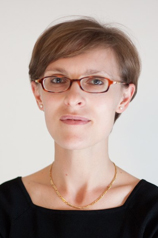 Dr. Ilaria Pascucci recently joined PTYS/LPL as an astrophysicist and Assistant Professor. Before joining LPL in March of this year, she was working at the Space Telescope Science Institute in Baltimore as instrument scientist for the STIS spectrograph on board the Hubble Space Telescope. Ilaria completed her undergraduate studies at the University of Bologna in Italy and obtained her Ph.D. in astrophysics in 2004 at the Max Planck Institute for Astronomy in Heidelberg, Germany.
Dr. Ilaria Pascucci recently joined PTYS/LPL as an astrophysicist and Assistant Professor. Before joining LPL in March of this year, she was working at the Space Telescope Science Institute in Baltimore as instrument scientist for the STIS spectrograph on board the Hubble Space Telescope. Ilaria completed her undergraduate studies at the University of Bologna in Italy and obtained her Ph.D. in astrophysics in 2004 at the Max Planck Institute for Astronomy in Heidelberg, Germany.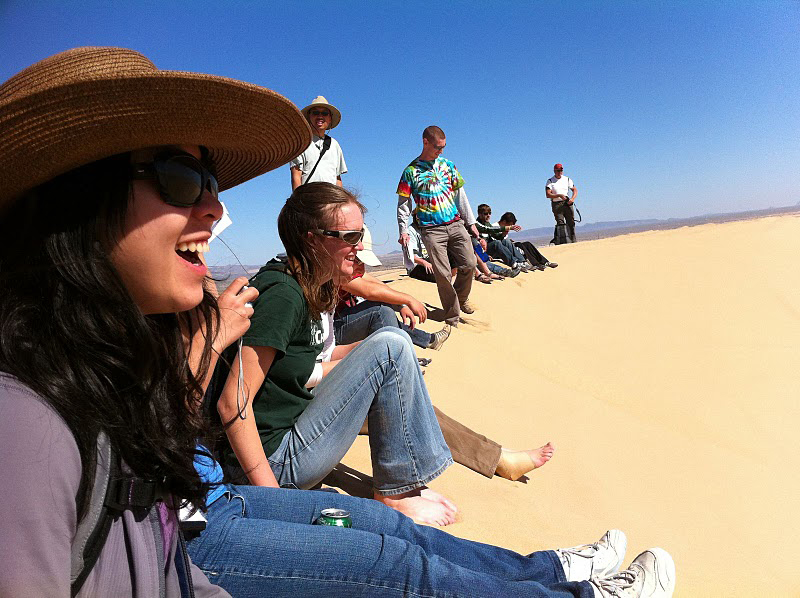
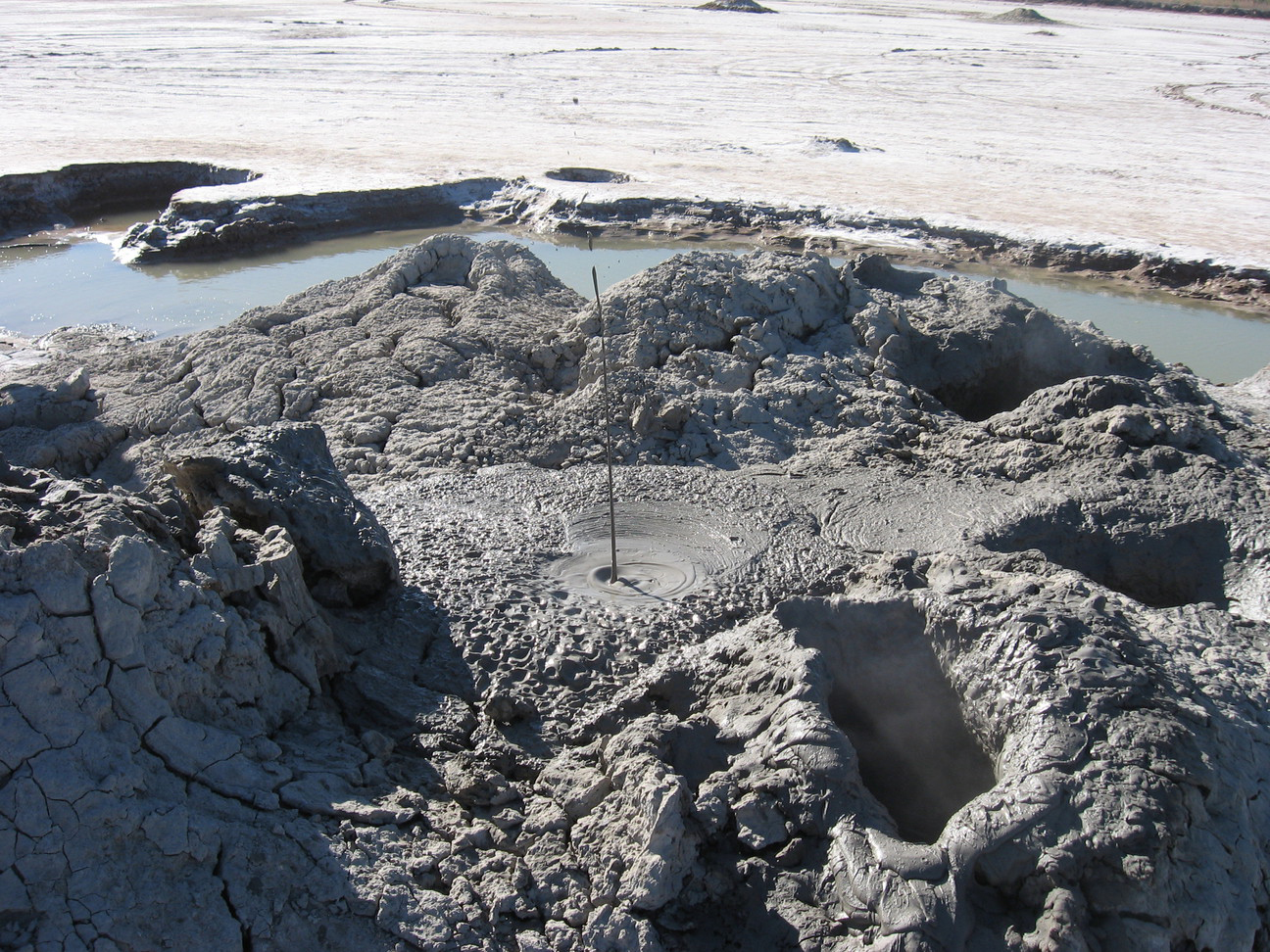
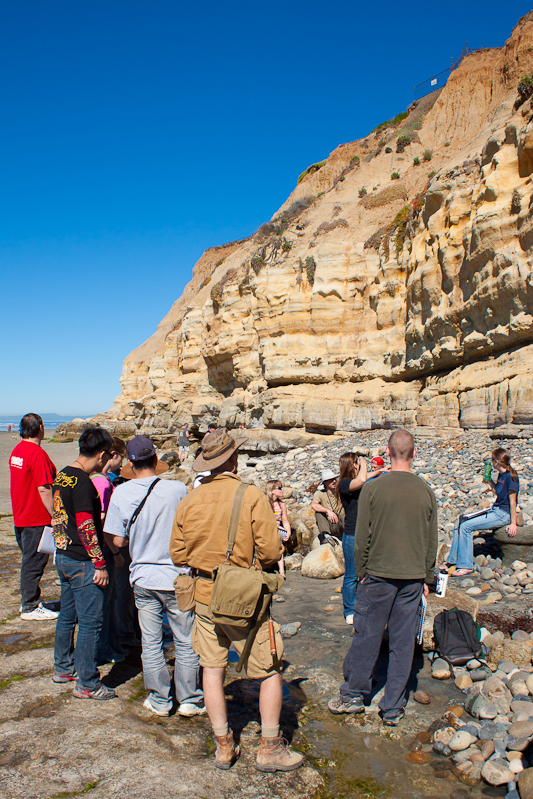
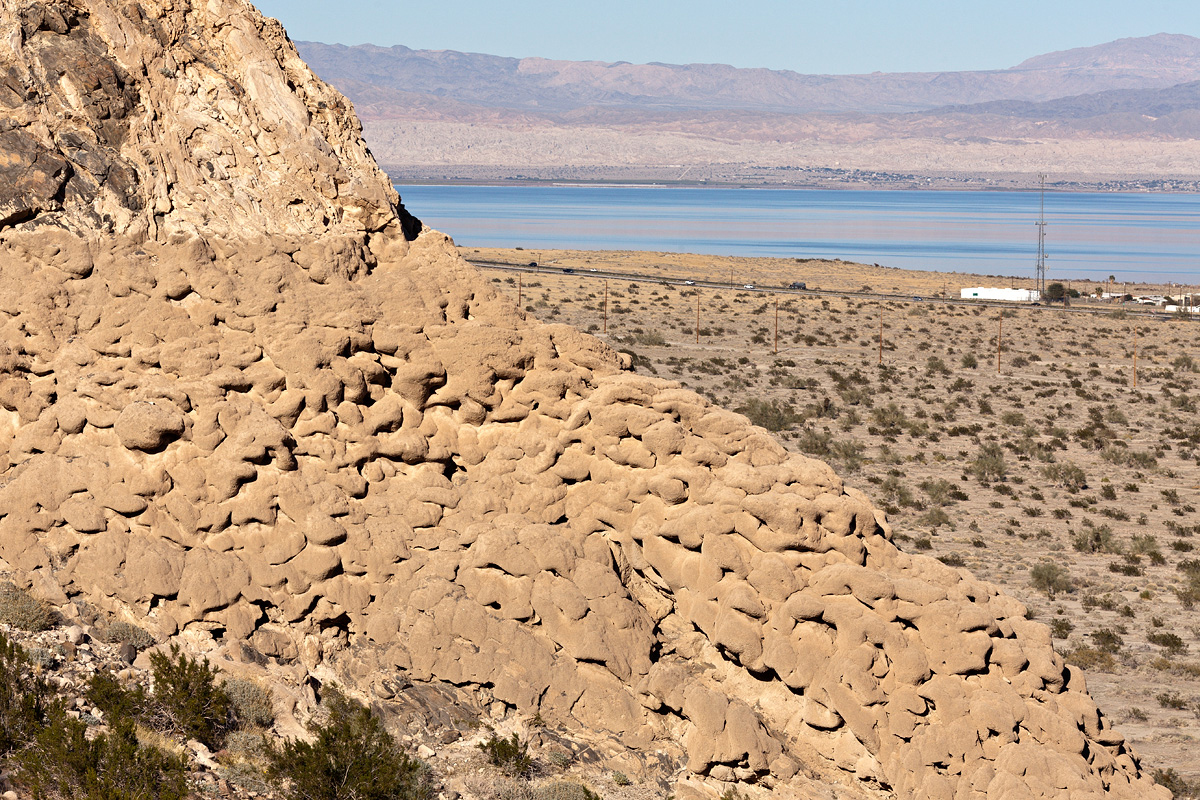
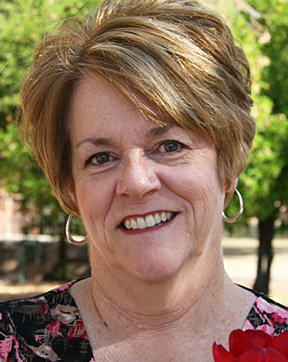 Congratulations to Kathi Baker, recipient of the 2011 Outstanding Staff Award! Kathi is an Administrative Associate with Alfred McEwen's HiRISE group. She supports over 40 personnel in the McEwen group (travel, purchasing, equipment management, proposals, budgets). Kathi also supports other faculty in the Sonett building, assisting with classroom instruction, travel, proposals, and budgets. She is the back-up for Linda Hickox and alternate building manager for Sonett Building. In addition to her work in the Sonett bulding, Kathi works part-time in the LPL Business Office (reconciling accounts, etc.).
Congratulations to Kathi Baker, recipient of the 2011 Outstanding Staff Award! Kathi is an Administrative Associate with Alfred McEwen's HiRISE group. She supports over 40 personnel in the McEwen group (travel, purchasing, equipment management, proposals, budgets). Kathi also supports other faculty in the Sonett building, assisting with classroom instruction, travel, proposals, and budgets. She is the back-up for Linda Hickox and alternate building manager for Sonett Building. In addition to her work in the Sonett bulding, Kathi works part-time in the LPL Business Office (reconciling accounts, etc.).
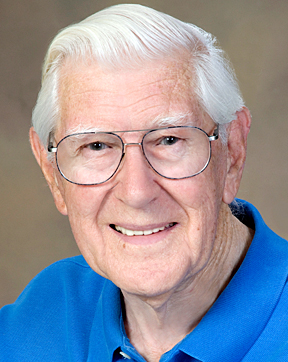 LPL is pleased to announce that Ewen A. Whitaker will be honored with an honorary doctorate of science from the University of Arizona at the May 2011 commencement.
LPL is pleased to announce that Ewen A. Whitaker will be honored with an honorary doctorate of science from the University of Arizona at the May 2011 commencement.